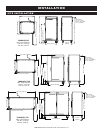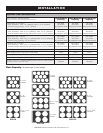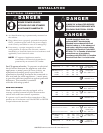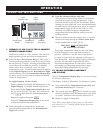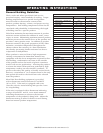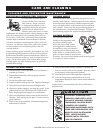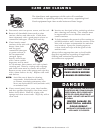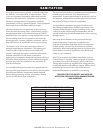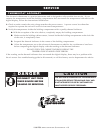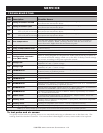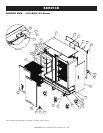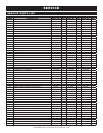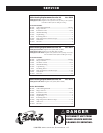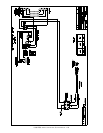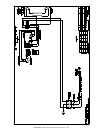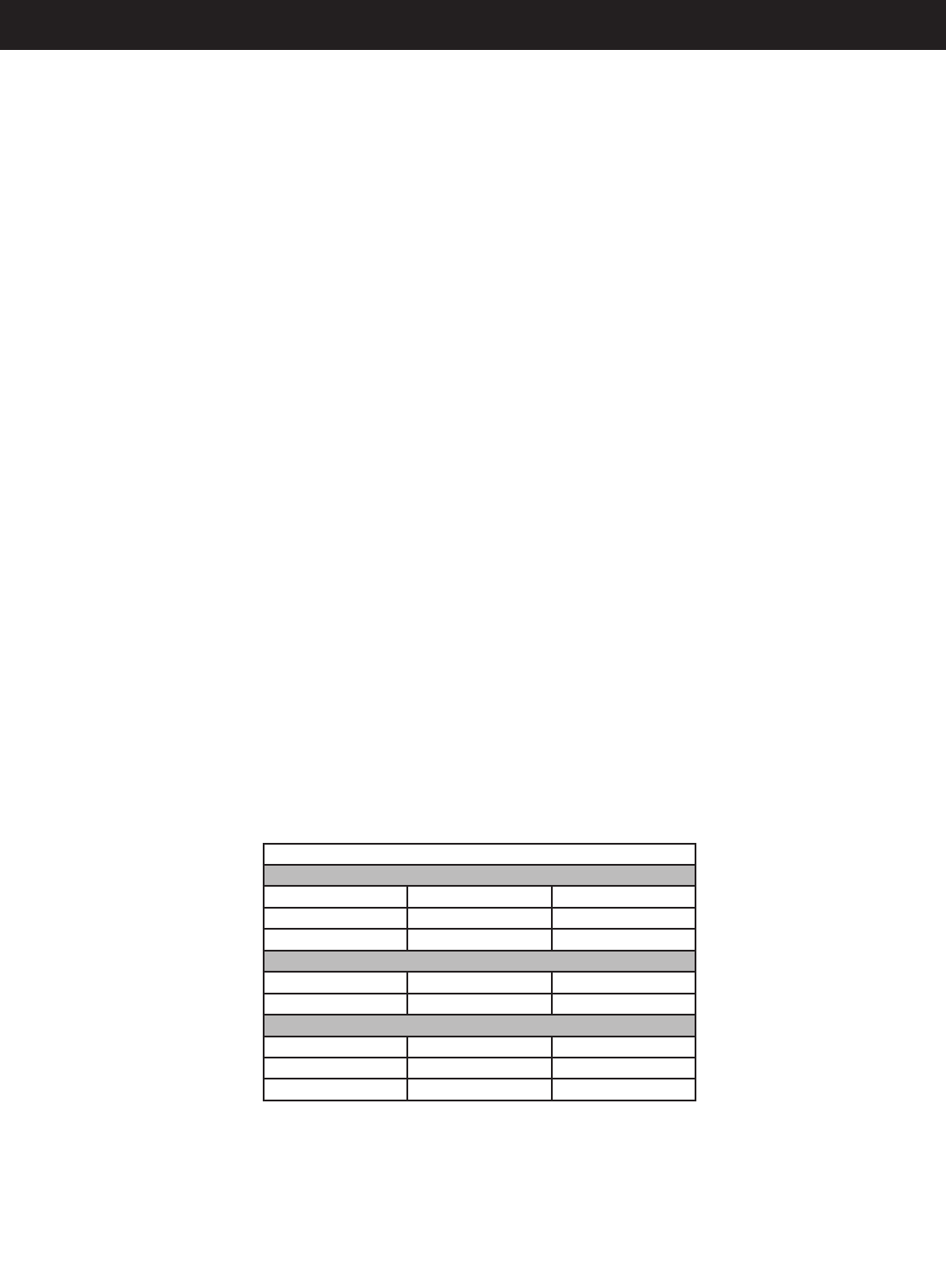
1000-BQ2 series operation & care manual • 121000-BQ2 series operation & care manual • 12
Foodflavorandaromaareusuallysocloselyrelatedthat
itisdifficult,ifnotimpossible,toseparatethem.There
is also an important, inseparable relationship between
cleanlinessandfoodflavor.Cleanliness,topoperating
efficiency,andappearanceofequipmentcontribute
considerably to savory, appetizing foods. Good equipment
that is kept clean, works better and lasts longer.
Most food imparts its own particular aroma and many
foods also absorb existing odors. Unfortunately, during
this absorption there is not distinction between GOOD
andBADodorsThemajorityofobjectionableflavorsand
odors troubling food service operations are caused by
bacteria growth. Sourness, rancidity, mustiness, stale or
otherOFFflavorsareusuallytheresultofgermactivity.
Theeasiestwaytoinsurefull,naturalfoodflavoris
through comprehensive cleanliness. This means good
controlofbothvisiblesoil(dirt)andinvisiblesoil
(germs).Athroughapproachtosanitationwillprovide
essential cleanliness. It will assure an attractive
appearanceofequipment,alongwithmaximumefficiency
and utility. More importantly, a good sanitation program
provides one of the key elements in the prevention of
food-borne illnesses.
A controlled holding environment for prepared foods is
justoneoftheimportantfactorsinvolvedintheprevention
of food-borne illnesses. Temperature monitoring and
control during receiving, storage, preparation, and the
service of foods are of equal importance.
The most accurate method of measuring safe temperatures
of both hot and cold foods is by internal product
temperature. A quality thermometer is an effective tool for
this purpose, and should be routinely used on all products
thatrequireholdingataspecifictemperature.
A comprehensive sanitation program should focus on
the training of staff in basic sanitation procedures. This
includes personal hygiene, proper handling of raw foods,
cooking to a safe internal product temperature, nd the
routine monitoring of internal temperatures from receiving
through service.
Most food-borne illnesses can be prevented through
proper temperature control and a comprehensive
program of sanitation. Both these factors are important
to build quality service as the foundation of customer
satisfaction. Safe food handling practices to prevent food-
borne illness is of critical importance to the health and
safety of your customers.
HACCP,anacronymforHazardAnalysis(at)Critical
Control Points, is a quality control program of operating
procedures to assure food integrity, quality, and safety.
Taking steps necessary to augment food safety practices
is both cost effective and relatively simple. While HACCP
guidelines go far beyond the scope of this manual,
additional information is available by contacting:
CENTER FOR FOOD SAFETY AND APPLIED
NUTRITION FOOD AND DRUG ADMINISTRATION
1-888-SAFEFOOD
INTERNAL FOOD PRODUCT TEMPERATURES
HOT FOODS
DANGER ZONE 40° TO 140°F (4° TO 60°C)
CRITICAL ZONE 70° TO 120°F (21° TO 49°C)
SAFE ZONE 140° TO 165°F (60° TO 74°C)
COLD FOODS
DANGER ZONE ABOVE 40°F (ABOVE 4°C)
SAFE ZONE 36° TO 40°F (2° TO 4°C)
FROZEN FOODS
DANGER ZONE ABOVE 32°F (ABOVE 0°C)
CRITICAL ZONE 0° TO 32°F (-18° TO 0°C)
SAFE ZONE 0°F or below (-18°C or below)
SANITATION



